NHS Sports Hall of Fame Profile: Fred Swertfager, class of '56
By Steve Griffin
Contributing Writer
Editor’s note: Today’s article is part two in a series of profiles on this year’s Norwich Sports Hall of Fame induction class. The Hall of Fame banquet is scheduled May 11 at Canasawacta Country Club. Reservation forms are available at Wells Fargo Advisors, the Norwich YMCA, and Norwich City Schools.
In the 1930s and ‘40s, childhood was a wonderful time for most children. However, for some, a viral disease commonly known as polio resulted in the often permanent loss of motor ability in the arms or legs, and for those whose ability to breathe was affected, death. Norwich, like other communities, saw several of its athletes crippled by the disease, which was thought to spread in locker rooms and swimming pools. In 1946, Norwich’s football season was cancelled after three games because of the polio epidemic.
Imagine what it was like for nine-year-old Fred Swertfager to awake one morning to face the physical, psychological, and emotional challenges of partial paralysis of his legs due to the dreaded disease.

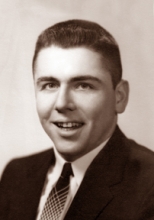
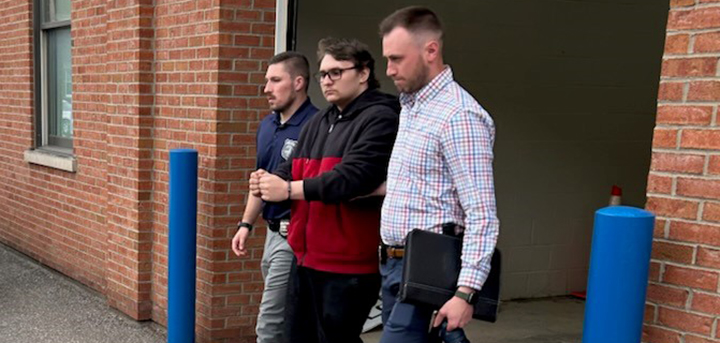
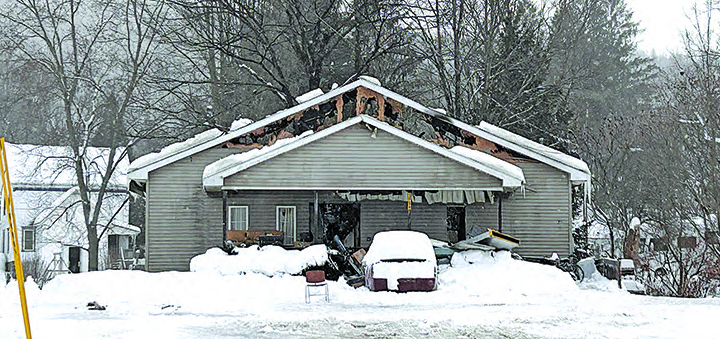
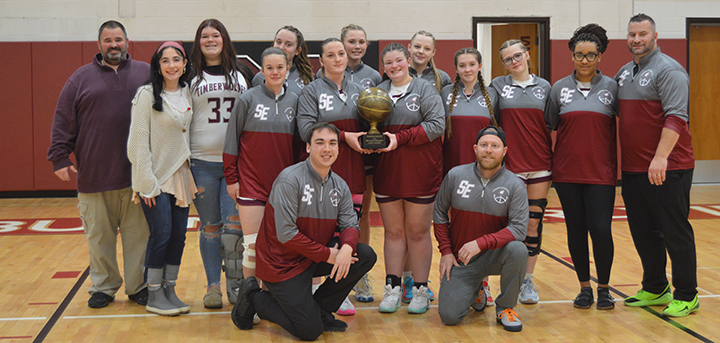
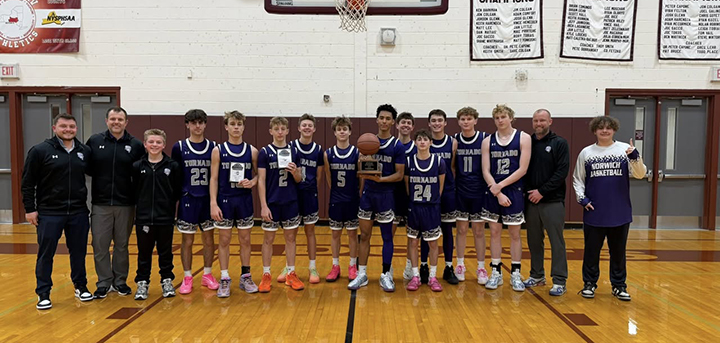
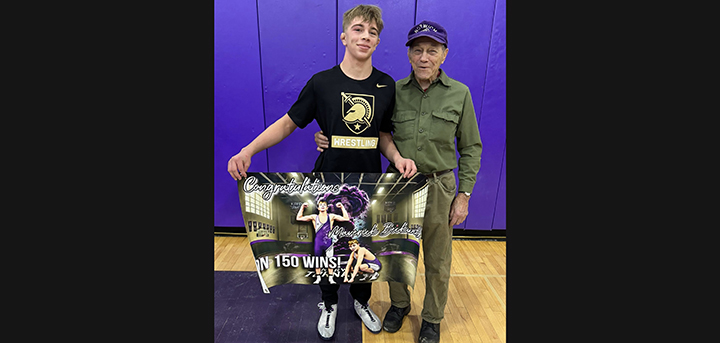
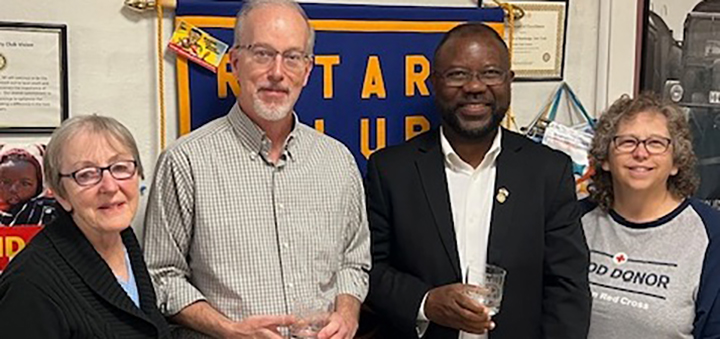

Comments